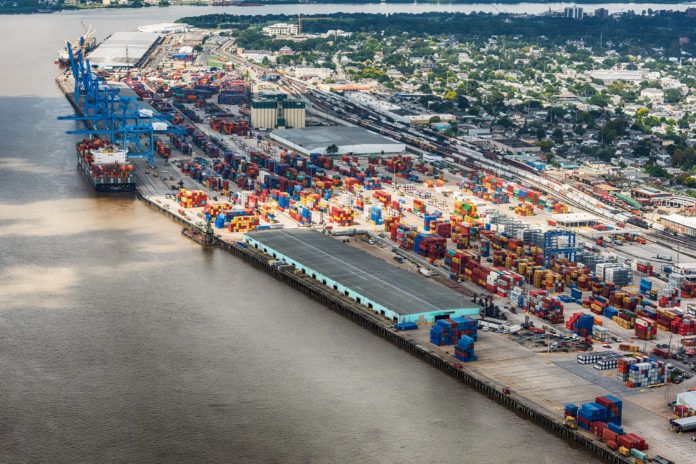Driven largely by energy and petrochemical interests—from offshore production to the booming plastic resin industry—Louisiana’s ports are assertively expanding.
As the American Journal of Transportation reports, with state and federal grants often providing a boost, Louisiana ports are beefing up infrastructure to efficiently handle these oil-and-gas-related commodities and other cargo.
The magazine notes the Port of New Orleans is realizing record containerized cargo volumes, thanks in part to expansion of the Panama Canal and increased shipping of export cargos, including plastic resins. The 591,253 twenty-foot-equivalent units moving through the Napoleon Avenue Container Terminal in 2018 reflected a 12.3% gain over the preceding year.
Plaquemines Port Harbor & Terminal District and pipeline operator Tallgrass Energy LP recently announced plans for a $30 million acquisition of land for a new export-capable liquids terminal on a 600-plus-acre site along the Mississippi River about 30 miles south of New Orleans.
In Chalmette, the St. Bernard Port, Harbor & Terminal District, with four terminals on the Lower Mississippi River downriver from New Orleans, is seeing increasing cargo volumes, up to nearly 8.7 million tons in 2018 from more than 7.6 million tons the preceding year, with most of the growth coming at its Violet terminal, the American Journal of Transportation reports.
And the Port of South Louisiana is advancing nearly $60 million of projects, including four undertakings at its Globalplex Intermodal Terminal. The 20-year-old intermodal facility is set to add two self-contained, rail-mounted cranes and undergo dock upgrades under an $18.7 million, state-funded endeavor slated to go out for bids in mid-2019, while rail and warehouse projects also are moving forward.
The American Journal of Transportation has the full story on Louisiana’s expanding ports.



